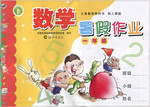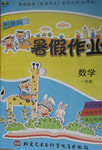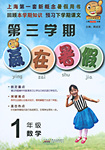题目内容
汉译英
1.祝愿你成功学习英语!
I you to your English!
2.我擅长英语,不管是说还是写。
I am good at English, speaking writing.
3.祝贺你在英语竞赛中赢得一等奖。
your the first in the English contest.
4.如果我预付款的话是不是有折扣?
Is there a discount I pay ?
5.虽然他已经服用了很多维生素C,他的感冒还是没好。
he lots of Vitamin C, his cold hasn’t gone away.
练习册系列答案
 暑假作业海燕出版社系列答案
暑假作业海燕出版社系列答案 本土教辅赢在暑假高效假期总复习云南科技出版社系列答案
本土教辅赢在暑假高效假期总复习云南科技出版社系列答案 暑假作业北京艺术与科学电子出版社系列答案
暑假作业北京艺术与科学电子出版社系列答案 第三学期赢在暑假系列答案
第三学期赢在暑假系列答案
相关题目

